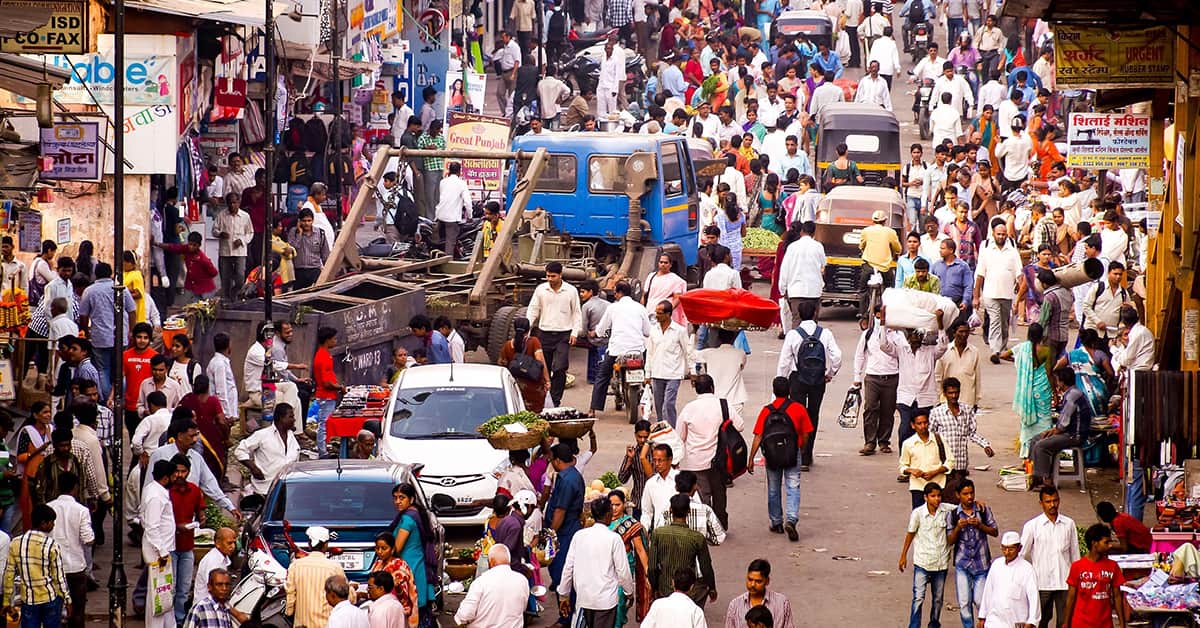China's population is falling while India's is rising and this change has vast implications for the global economy.

It’s official. By the middle of this year, according to a new report from the United Nations Population Fund, India will have more people than China: 1.4286 billion, compared to 1.4257 billion in its neighbor to the north and east, for a difference of three million people. (Coming in a distant third, with 340 million, is the US.) Last year, China lost one million people.
The opposite directions that China and India appear to be taking, population-wise, have huge implications for both countries, as well as for the global economy.
The critical factor in population growth is the fertility rate, which is the average number of children that a woman gives birth to during her lifetime. In 2020, India’s fertility rate stood at 2.05 births per woman, compared to 1.28 for China, which ended its one-child policy in 2015. (South Korea boasts the world’s lowest fertility rate, at just 0.78.) This means India’s population is going to continue to grow, likely until at least 2050, while China’s shrinks.
Economic growth is a function both of improvements in productivity and of growth—positive or negative—in a country’s working-age population. That’s where the real divergence shows up: Half of India’s population is under the age of 30, compared to just about one-third of China’s. That means India has a lot more working-age firepower to fuel future economic growth as well as to support its older people.
As a percentage of the population, China’s over-64 cohort is twice that of India. People of working age as a share of the total population in China have shrunk by eight percentage points over the past decade, to 62%. That trend is expected to continue; the UN forecasts that China’s total population will fall by around half by the end of this century.
Demography is destiny, the 19th century French sociologist Auguste Comte said. A declining population has its benefits, among them relief from overcrowding and less pressure on scarce natural resources. But the diverging demographic trends in the world’s two most populous countries suggest China will face escalating pressures as its population shrinks, while the Indian economy will have greater opportunity to expand.



